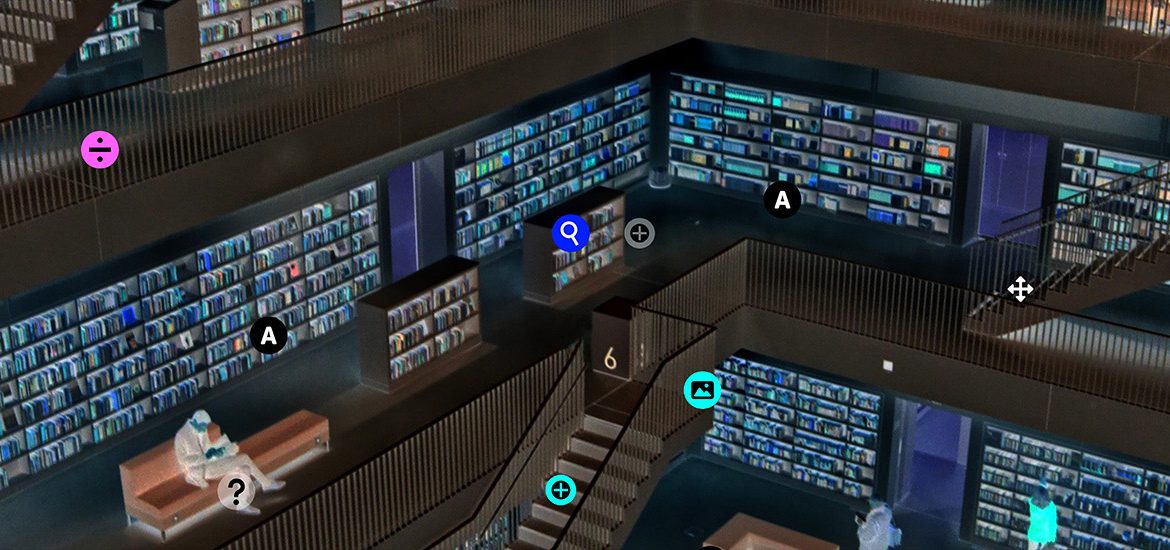I am going backwards through the F-I-Sh-method of this Topic 1 in Open Networked Learning. Focus Investigate Share – Start with:
Share
We did share our ideas with the tool Thinglink. Thinglink provides an online editor for building an Inteactive image. We did that as a group in 1 account, each one of us setting the interactive points with her/his chosen symbol. Symbols for such inteactive points can be chosen form a given set or individually uploaded. The image metaphore invites to various ideas of interacting. You might use a thunderstorm-image to invite to quarrel or an icebucket-contest-image to invite to… Joking apart, the group discussed the idea to use a board for a Snakes and Ladders Game with the goal to set the scene for the paradoxes of learning: Ladder up, meeting with a snake and falling down the ladder again. You will find an interesting quote on Wikipedia:
The game is a central metaphor of Salman Rushdie’s Midnight’s Children. The narrator describes the game as follows: All games have morals; and the game of Snakes and Ladders captures, as no other activity can hope to do, the eternal truth that for every ladder you hope to climb, a snake is waiting just around the corner, and for every snake a ladder will compensate. But it’s more than that; no mere carrot-and-stick affair; because implicit in the game is unchanging twoness of things, the duality of up against down, good against evil; the solid rationality of ladders balances the occult sinuosities (*) of the serpent; in the opposition of staircase and cobra we can see, metaphorically, all conceivable oppositions, Alpha against Omega, father against mother. Salman Rushdie (2006) Midnight’s Children. Random House. p. 160.
It is worth noting, that in Switzerland the game is called: Leiterlispiel, i.e. Game of Little Ladders. – – And the snakes were totally extincted during migration attempts to our idyllic country. Potential deep insights are left to the bad world outside.
Our group Strange Crochet finally went ahead without the Snakes and Ladders, but with a background picture of the Bibliothek 21 in Stuttgart.
Another short detour: Bibliothek 21 was one of the starting points of my journey into digital literacy & competencies. We – a group of further education teachers for web publishing and programming from Zurich – travelled to Stuttgart 17 years ago (that is ca. three hours north by train) to talk to the directrice of the Stadtbücherei Stuttgart, Ingrid Bussmann, and her staff. The Bibliothek 21 was still a (very innovative) concept then. This was the beginning of many developments:
Our approach in Stuttgart is to strengthen competence in dealing with the world of media not only in promoting reading for children and young people, but also in initiating a critical discourse about digital developments. We have chosen to use the term digital reading literacy… Ingrid Bussmann (2009) Lernen mit allen Sinnen – die Rolle der Bibliothek für die persönliche Lernbiografie– am Beispiel der Stadtbücherei Stuttgart. p. 8.
This is certainly correspondent to the many inputs, positions and sinuosities during these first weeks of our group work. And so is the advice to a visitor of our «library»: No librarians. Each group member has his colored icon type. You may follow their ways.
And here is antother way of doing this with h5p:
(*) See my post Sine of Learning here in the blog.


Thanks for a good revisit of the idea behind a great Strange crochet product.
/Lars
This is good review of the product part of the FISh process. I look forward to reading your views on the first two stages of that process.